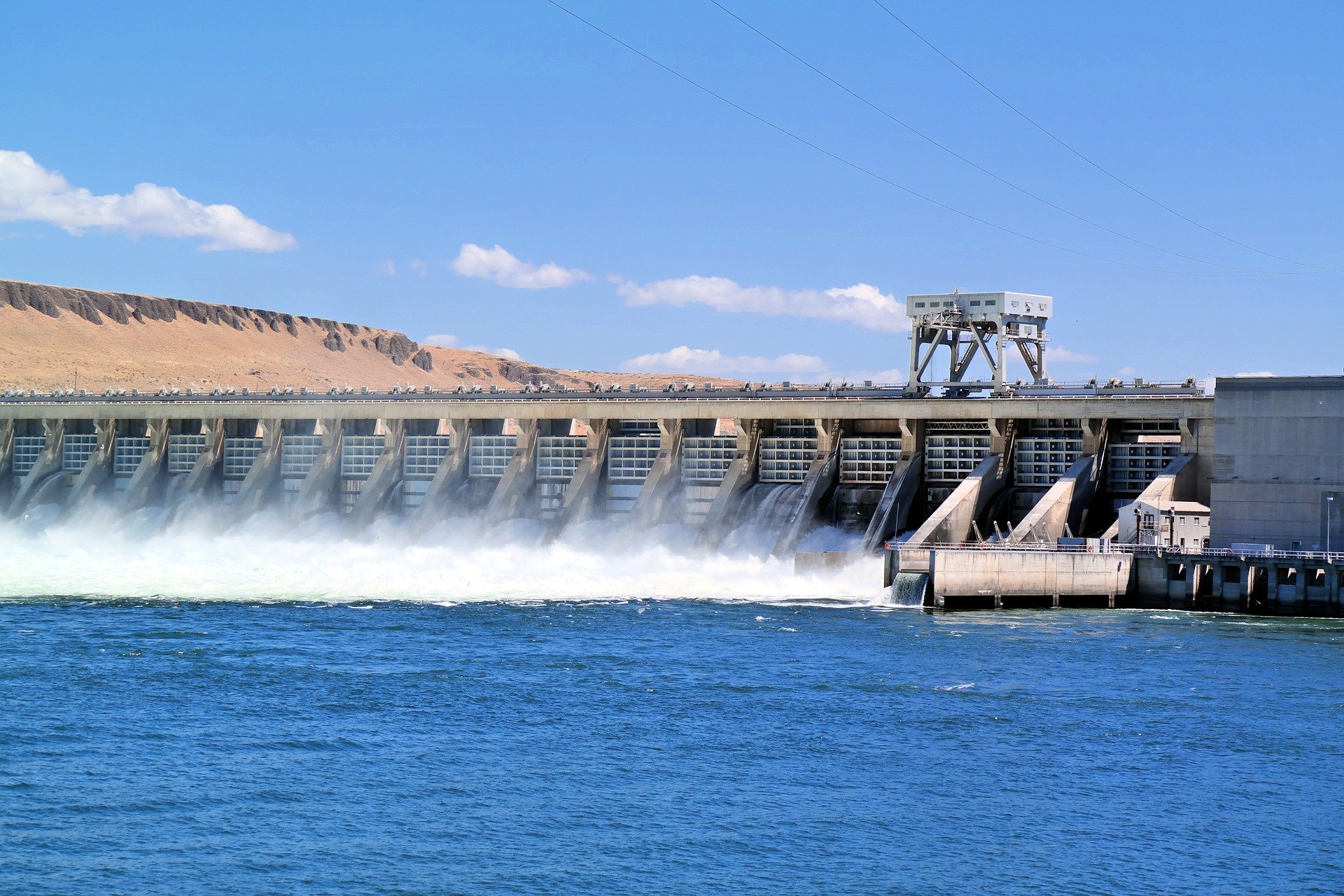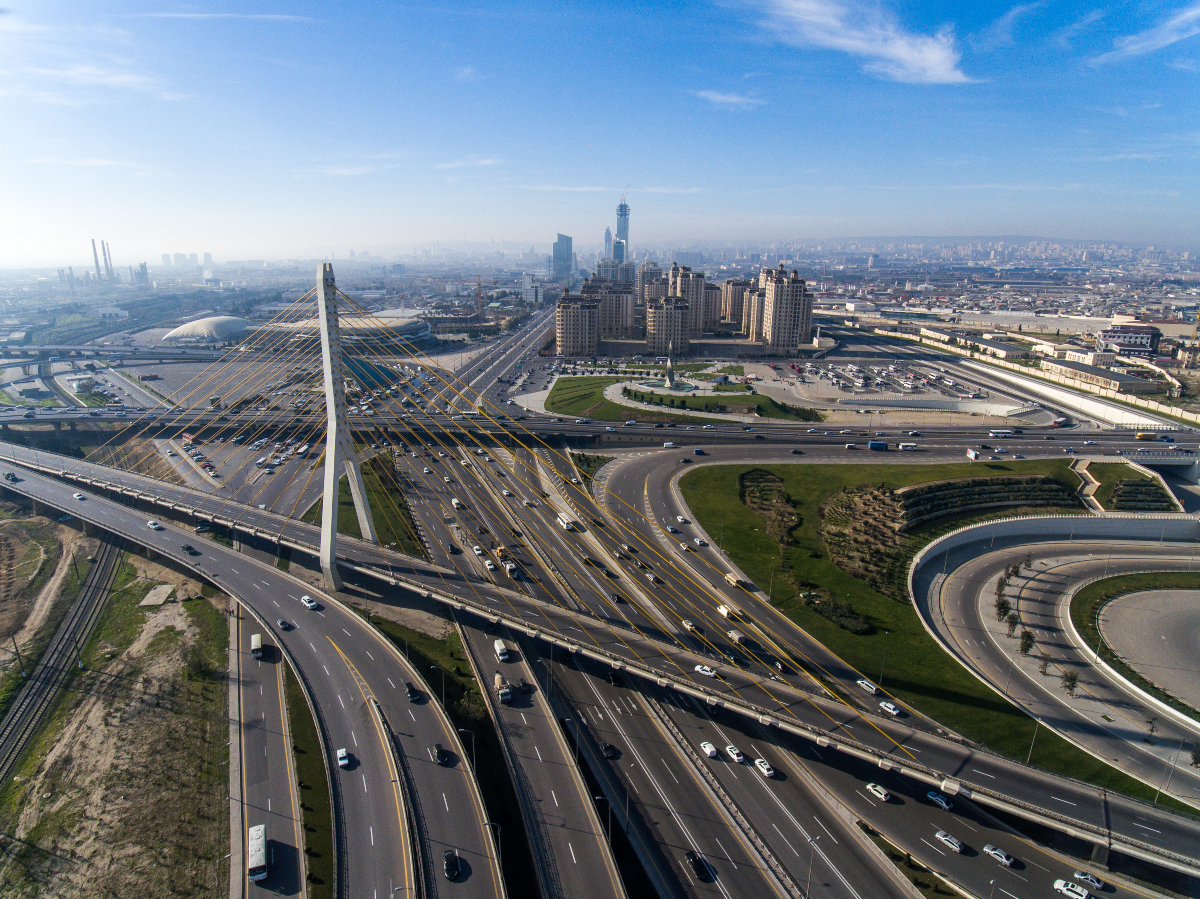.png)
Resilient Infrastructure: An impetus to global commitments and COVID-19 recovery
By Ms. Riya Rahiman
Countries have been grappling to deal with the impacts of climate change and extreme events as they pose various risks to people, vital infrastructure, economy and future development. A significant proportion of the economic losses due to extreme events is attributed to the direct physical losses and damages to infrastructure systems, thereby pressing the need for integrating disaster and climate resilience for infrastructure development. In case of COVID-19 pandemic, we have witnessed an unprecedented impact on infrastructure sectors worldwide. Even though the pandemic has not led to direct damages to physical infrastructure, it led to interruptions in infrastructure services having significant implications on the economy. The COVID-19 pandemic is thereby only the latest reminder on the need to invest in resilient infrastructure. The pandemic also exposed systemic risks across various sectors, and underlying drivers such as poverty, poor health systems and limited social welfare schemes that perpetuated these risks. The risks cut across different sectors and strongly brought out the imperative to understand and address systemic and cascading risks and fragilities.
As part of COVID-19 global recovery, infrastructure investments are being looked at as an indispensable part of stimulus packages aimed at restarting economic activities. Countries are expected to invest heavily in infrastructure sectors as an attempt to mitigate the impacts of the economic fallouts as well as create employment and improve competitiveness simultaneously. While the health and economic implications takes centre stage when planning for COVID-19 recovery, the urgency of the climate emergency cannot be ignored. The COVID-19 pandemic has clearly brought out the need to focus on managing systems risks for strengthening resilience, a lesson one must heed to make headway against climate change as well. With countries submitting their national climate action plans as part of the Paris Agreement, this is a crucial year for climate action as well. It is important that the COVID-19 recovery and climate action plans complement each other.
Studies show that infrastructure construction and operations account for 70 percent of global greenhouse gas emissions and the provision of quality infrastructure underpins the achievement of 92 percent of targets across all Sustainable Development Goals (SDGs). The Sendai Framework for Disaster Risk Reduction (SFDRR) also highlights the role of resilient infrastructure as a cornerstone for sustainable development. The four specific targets related to loss reduction in SFDRR focus on reducing global disaster mortality, number of affected people, direct disaster economic loss and disaster damage to critical infrastructure. However, the SFDRR target on reducing damage to critical infrastructure is an important prerequisite for achieving the three other targets on loss reduction.
In light of these considerations, the infrastructure investments and policies to bolster economies as part of the COVID-19 global recovery plan should be effectively leveraged as an opportunity to deliver on key global commitments such as the Paris Agreement on Climate Change, SDGs, and the SFDRR targets. Though some progress has been made on SDGs and the SFDRR target, the overall action to meet them has not advanced at the required pace. The pandemic has further pushed back their progress. The COVID-19 recovery can be utilized as a window of opportunity to progress on these global goals and targets and build a clean, green, healthy, inclusive and climate-friendly future. Investing in disaster and climate resilient infrastructure can provide the much-needed impetus in meeting these global commitments, while also making vital contributions to COVID-19 recovery.
Ms. Riya Rahiman is a Senior Specialist for Infrastructure Resilience at the Coalition for Disaster Resilient Infrastructure (CDRI)


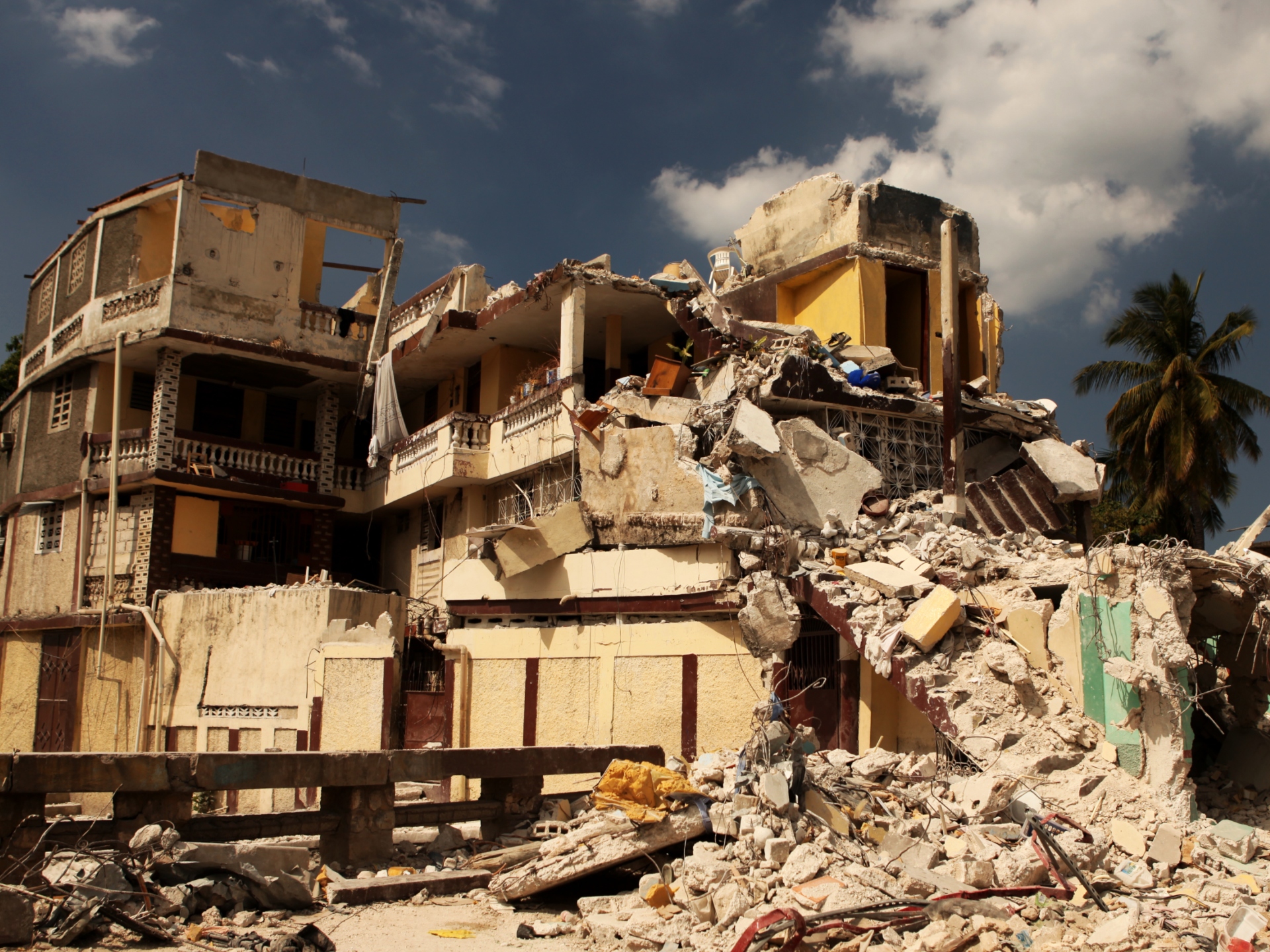
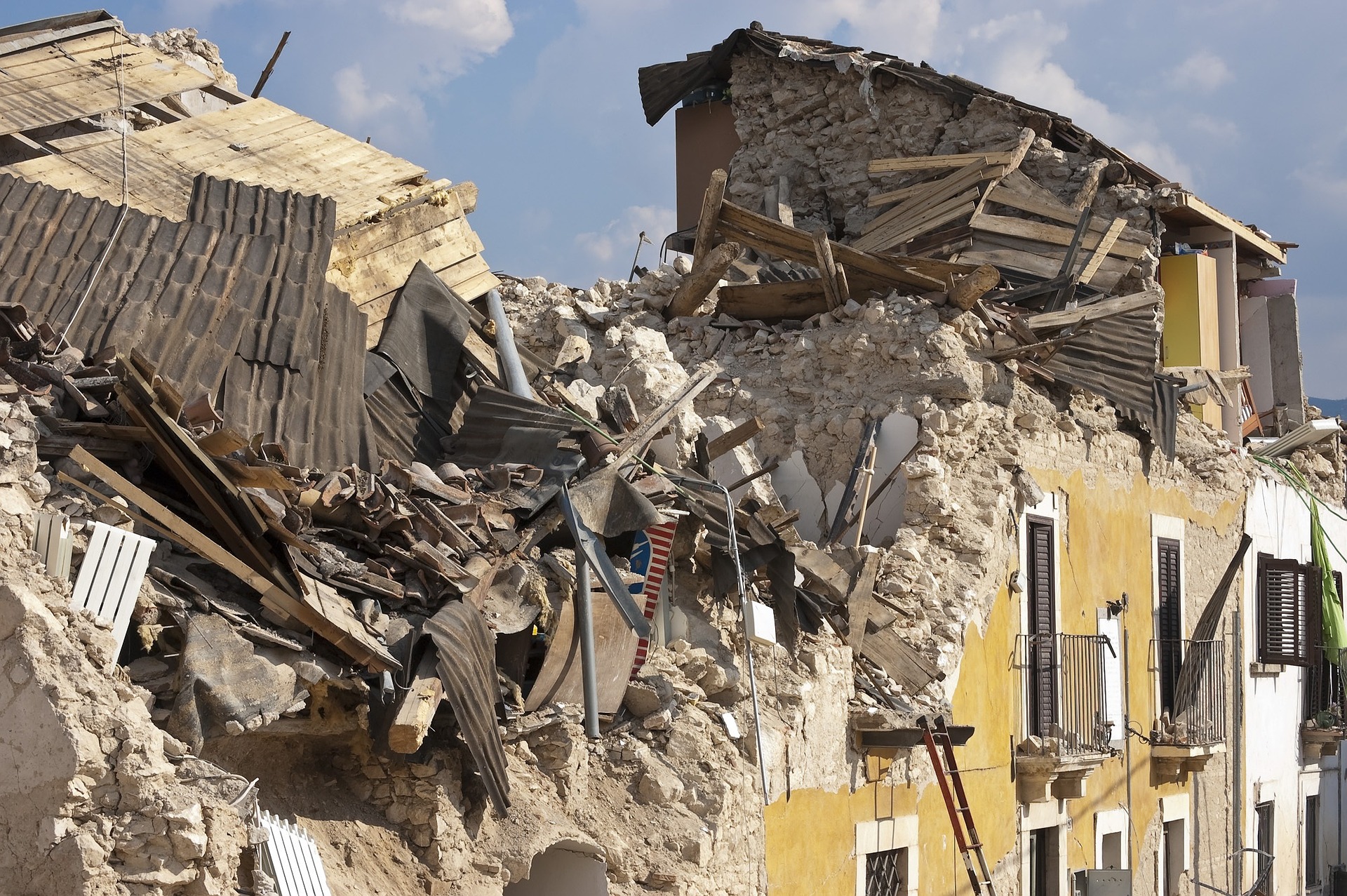
.jpg)
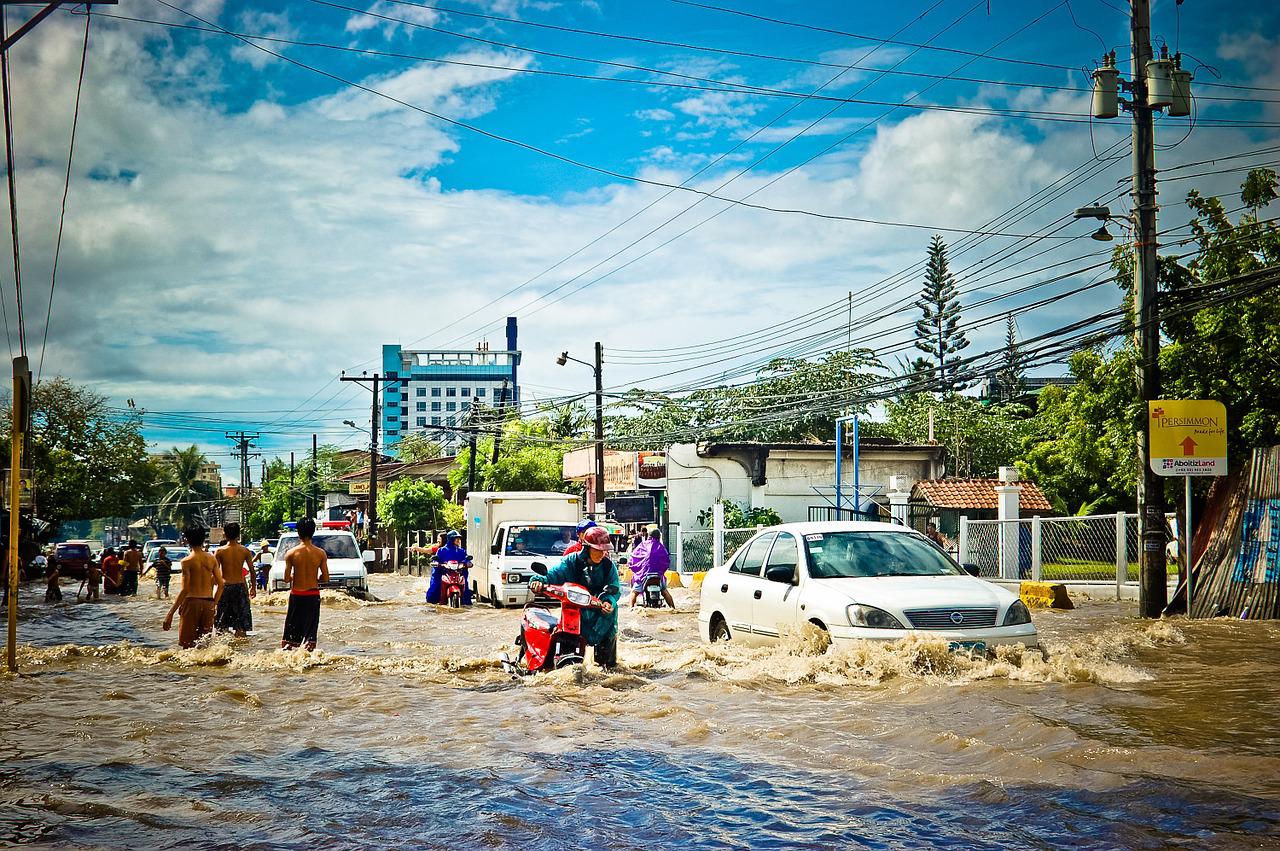
.jpg)
